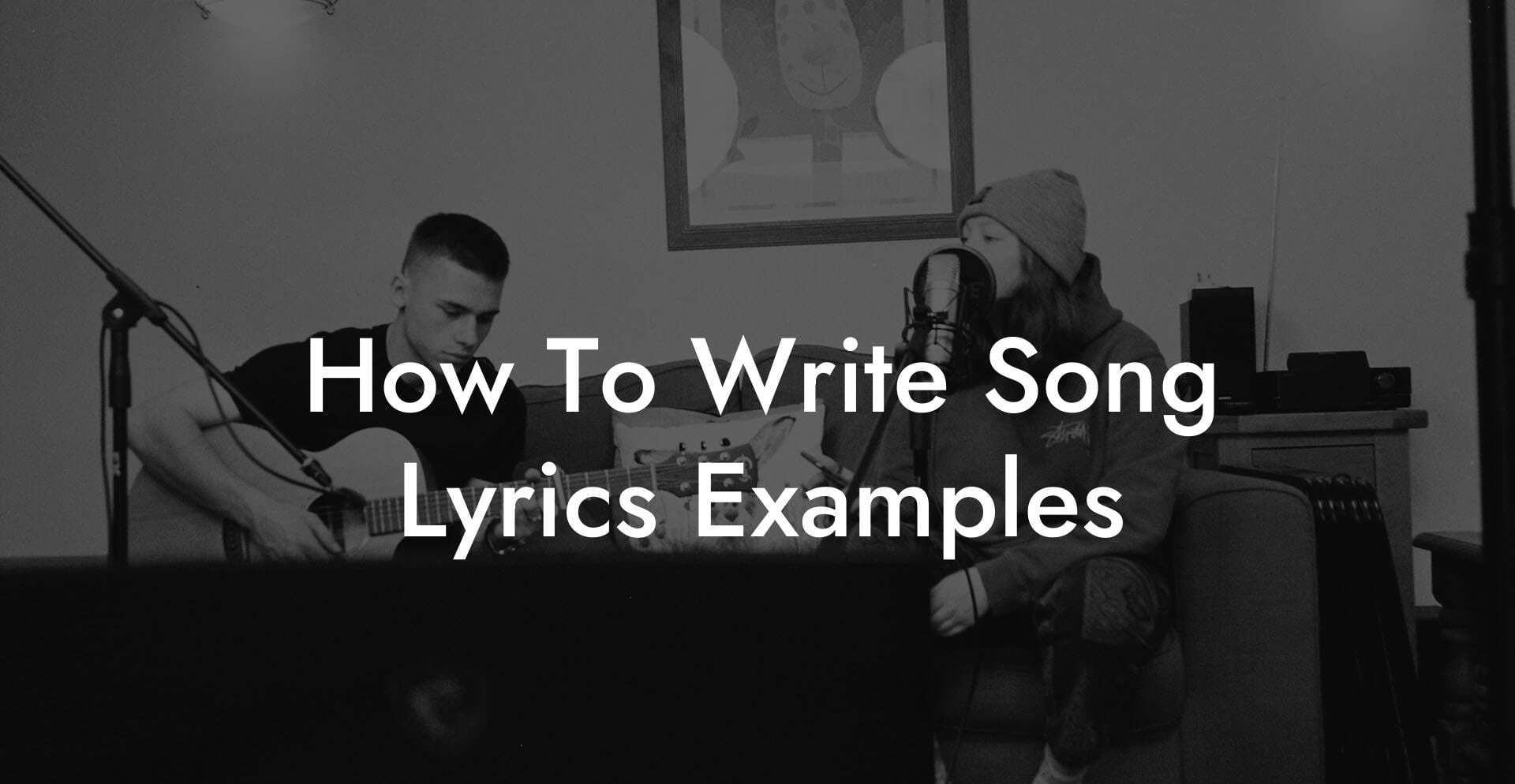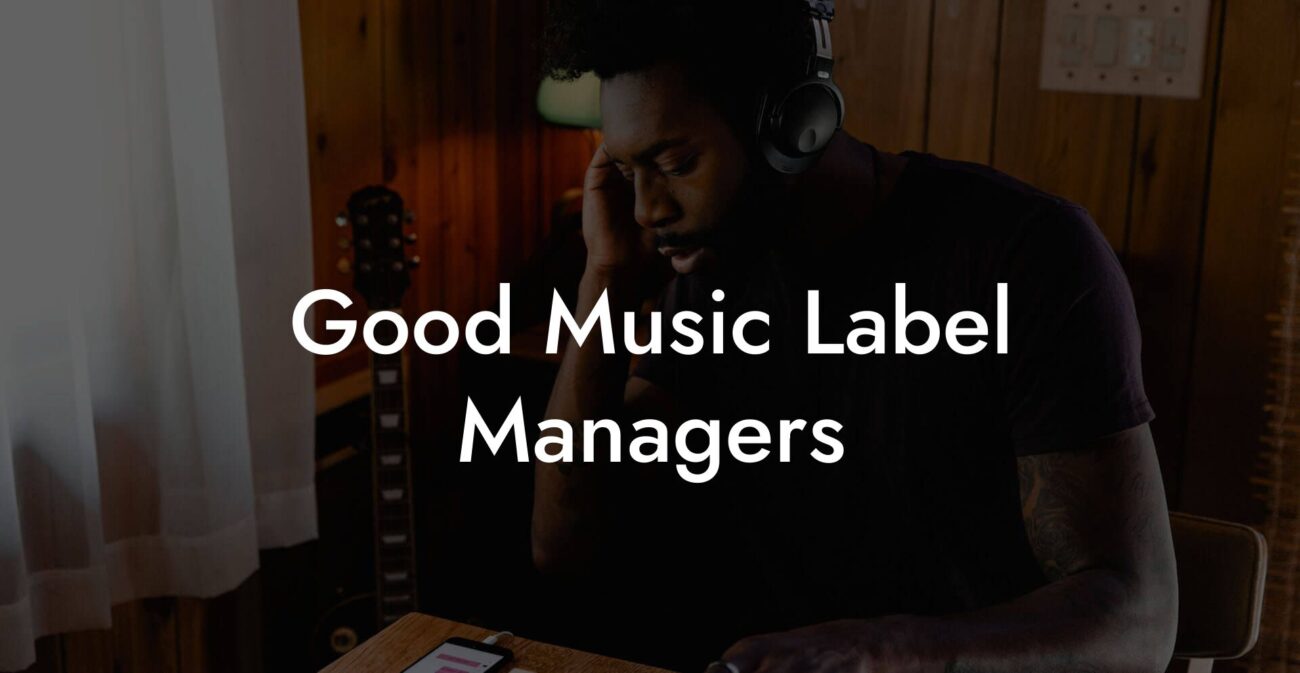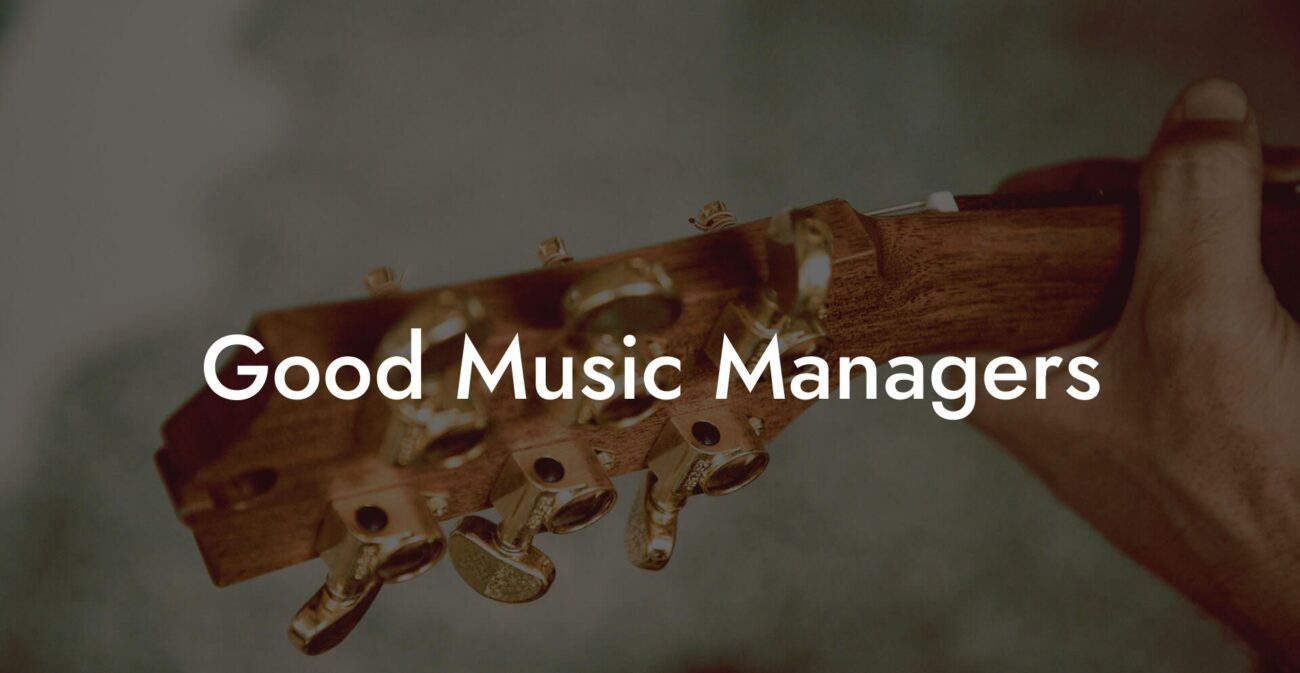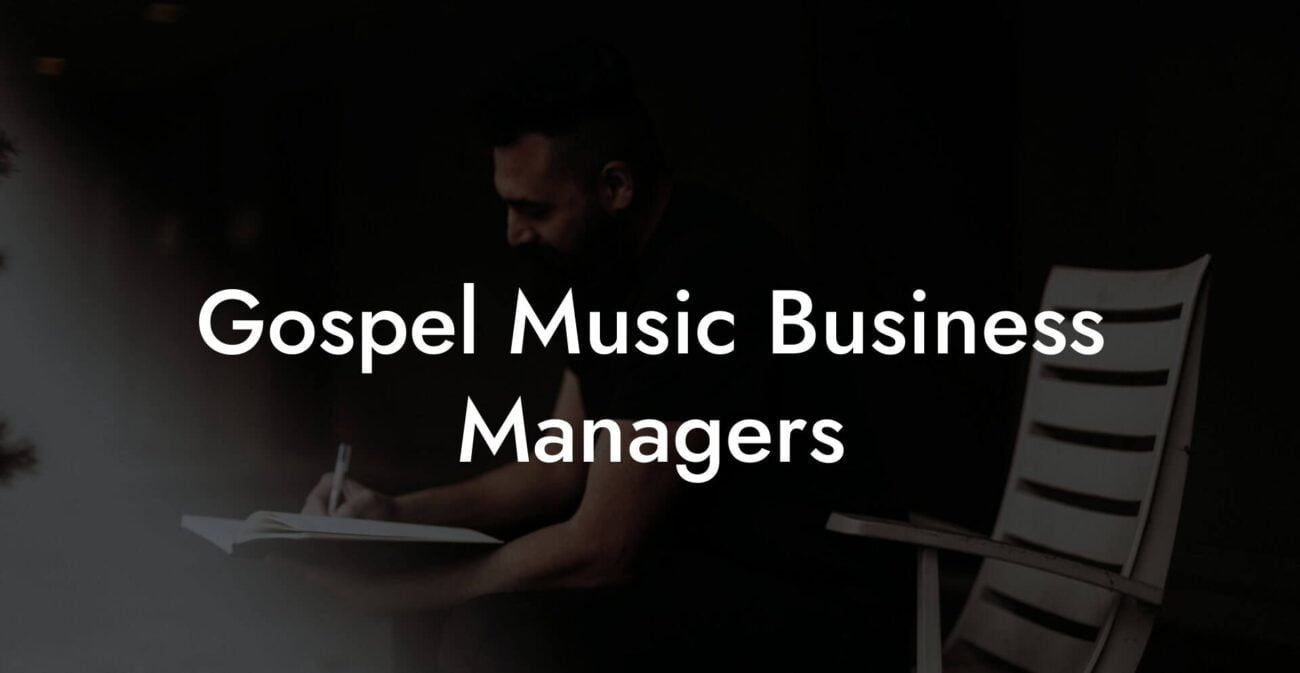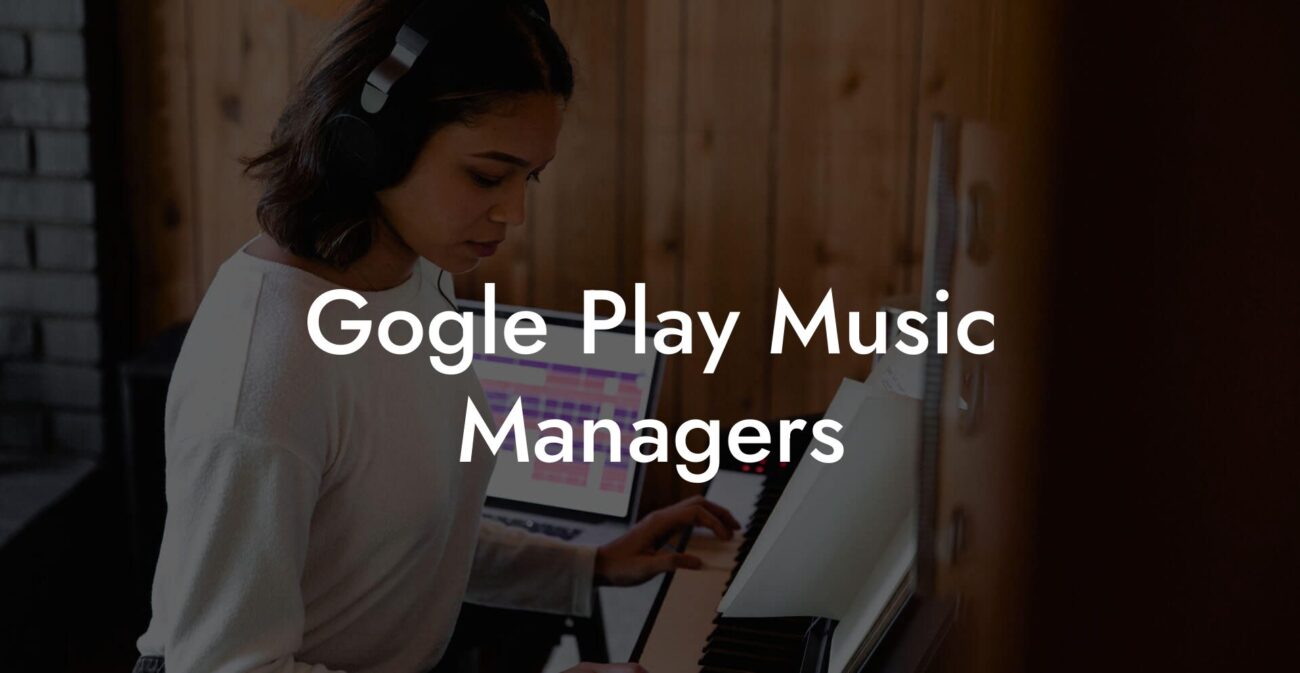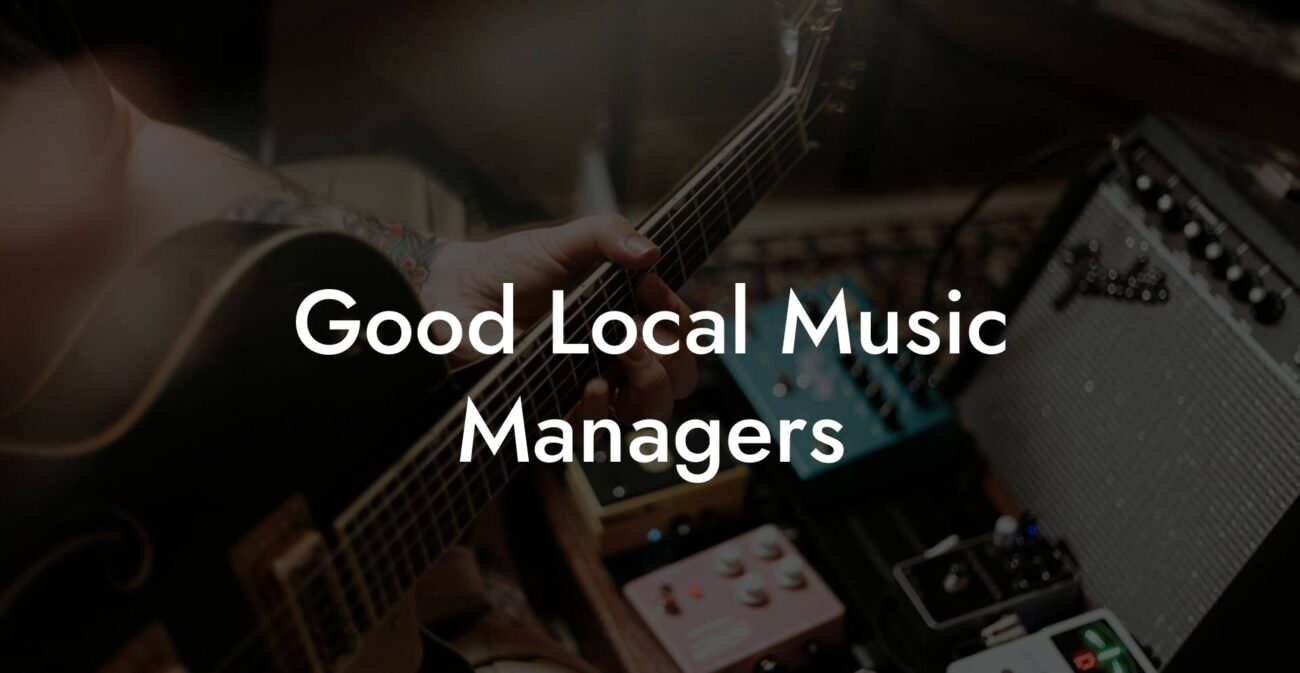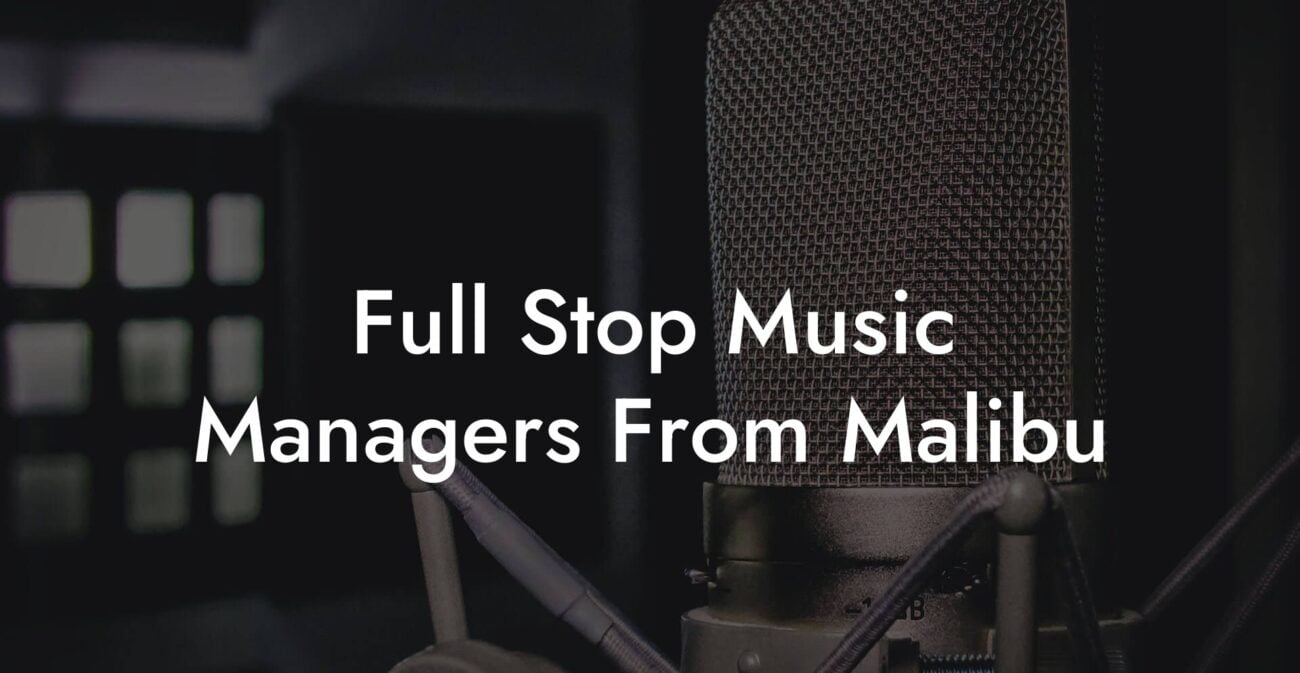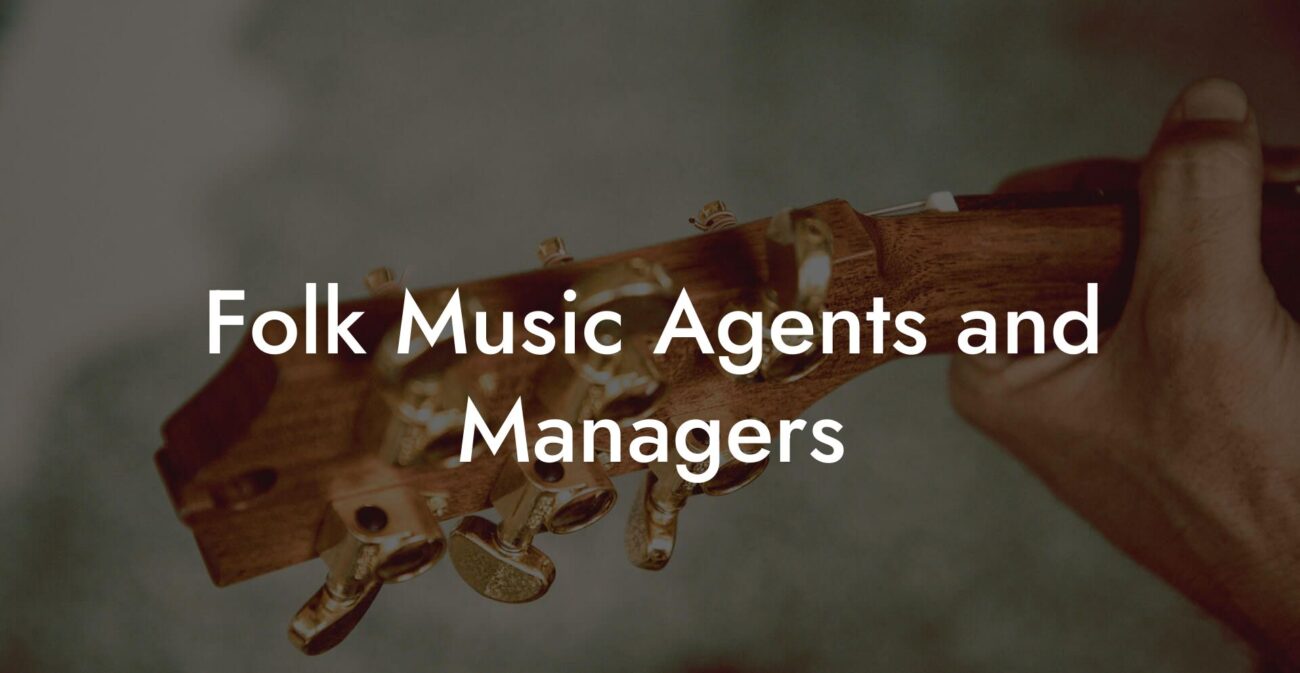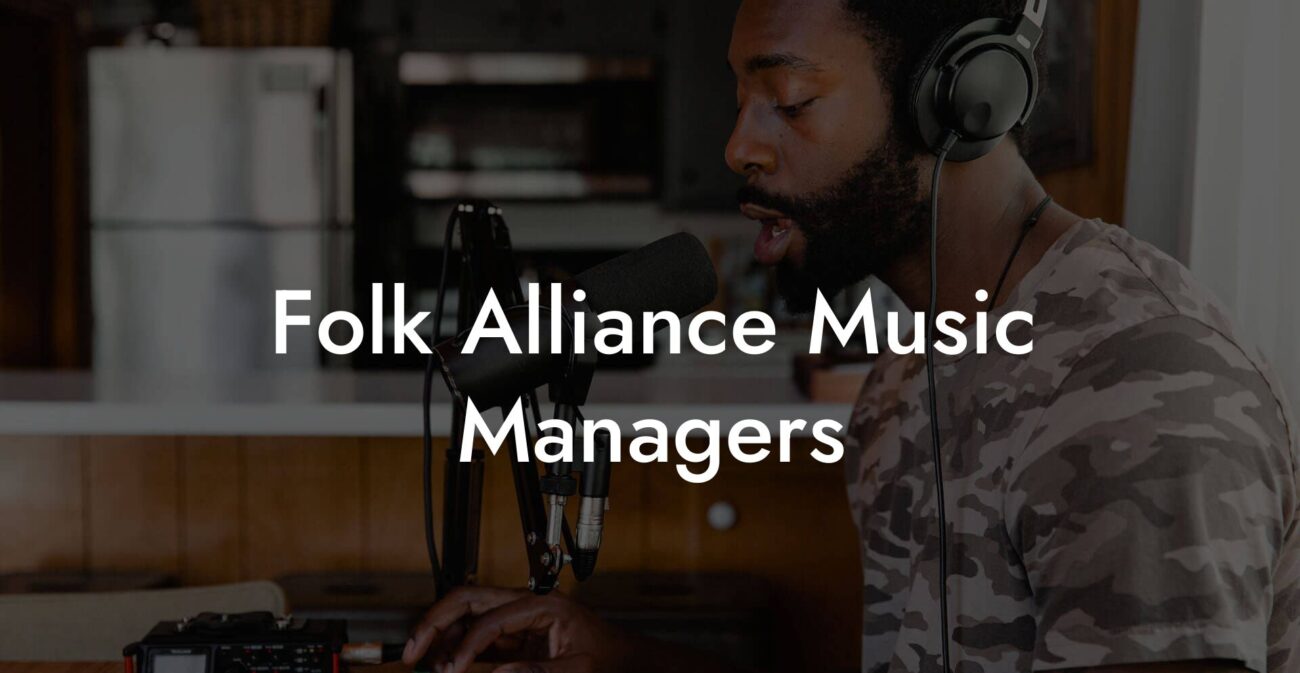Ever sat down with your favorite cappuccino in hand, tapping away at your keyboard, only to have the perfect lyric swirl around in your mind like a catchy chorus that just won’t quit? Welcome to the wild and wonderful world of songwriting, where every scribbled phrase can turn into a chart-topping hit—or at least a memorable earworm. In this ultimate guide on “How To Write Song Lyrics Examples”, we’re diving headfirst into the art and science of lyric writing. Whether you’re a millennial dreaming of recording your first single or a Gen Z enthusiast looking to express your creative side, we’re here to help you harness your inner wordsmith and rock your songwriting journey with flair.
Looking to write your next song? Transform your creative ideas into songs that people will love, and skyrocket your music career with Lyric Assistant. The perfect songwriting assistant. Find out more →
Quick Links to Useful Sections
- What Does It Mean to Write Song Lyrics?
- The Anatomy of a Song: Understanding Lyric Structure
- Essential Songwriting Techniques and Formats
- 1. Rhyme and Meter
- 2. Imagery and Metaphor
- 3. Storytelling
- 4. Wordplay and Puns
- 5. Emotive Language
- Brainstorming and Inspiration: Your Toolkit for Creative Songwriting
- Embrace Freewriting
- Create a Mood Board
- Musical Meditations
- Collaborate and Crowdsource
- Use Writing Prompts
- Genre-Specific Song Lyrics Examples: From Pop to Rap
- Pop Music
- Rock and Indie
- Hip-Hop and Rap
- Country and Folk
- How to Use Technology to Enhance Your Lyric Writing
- Lyric Assistant: Your Digital Muse
- Online Writing Platforms and Communities
- Digital Journals and Voice Memos
- Case Studies: Songwriters Who Transformed Their Craft
- Case Study 1: Bedroom Beatmaker to Chart-Topper
- Case Study 2: The Collaborative Magic of a Musical Collective
- Case Study 3: Reinventing Self-Expression Through Genre-Bending
- Creating Your Personalized Songwriting Process
- Step 1: Set the Stage for Creativity
- Step 2: Gather Your Tools
- Step 3: Brainstorm and Freewrite Regularly
- Step 4: Develop a Rough Draft and Revise
- Step 5: Seek Feedback and Iterate
- Resources and Community Support: Your Next Steps
- Songwriting Innovation: Experiment, Adapt, and Shine
- Mix Genres and Techniques
- Embrace Imperfection
- Challenge Your Norms
- Stay Inspired and Educated
- FAQs: Your Songwriting Questions Answered
- Embracing Your Future in Songwriting
What Does It Mean to Write Song Lyrics?
Writing song lyrics is more than just pairing random words to a beat. It’s about capturing emotion, painting vivid imagery, and telling a story that resonates with listeners. Unlike a simple poem or a note to a friend, song lyrics need to sync perfectly with music, transforming everyday language into memorable hooks and verses that echo long after the song has ended.
At its core, songwriting is both an art and a science. It requires you to mix creativity with a dash of structure while understanding rhythmic patterns, rhyme schemes, and lyrical flow. Think of it as constructing the perfect recipe where every word counts and every phrase serves a purpose—be it evoking passion, nostalgia, or even a touch of humor.
In the fast-paced world of modern music, having a bank of lyrical techniques, songwriting examples, and a little help from digital tools like Lyric Assistant can make the difference between a fleeting melody and a timeless hit.
The Anatomy of a Song: Understanding Lyric Structure
A well-crafted song is like an intricate puzzle where every piece fits neatly into a broader picture. Let’s break down the essential structures that every songwriter should have in their back pocket:
Write Lyrics Like a Professional Songwriter
The ultimate songwriting tool that takes your creative vision to the next level! With just a few clicks, you can unleash your inner songwriter and craft a hit that's uniquely yours. Your song. You own it.
- Intro: The opening lines that set the tone. This is your chance to grab attention with a memorable hook or a clever phrase.
- Verse: Verses form the narrative of your song. They provide the details and paint the story, often building tension or layering emotion.
- Chorus: The heart of the song. The chorus is repetitive, catchy, and often delivers the main message or hook. It’s the part that listeners hum along to.
- Bridge: A section that breaks the repetitive pattern, offering a twist or a new perspective before returning to the familiar chorus.
- Outro: The final note or closing lines that leave a lasting impression on your audience.
This structure isn’t a hard and fast rule, but it serves as a useful blueprint. Understanding it helps you experiment with form—maybe you’ll decide to blend a verse with a pre-chorus or throw in a surprising bridge that turns everything on its head.
Essential Songwriting Techniques and Formats
To craft lyrics that shine, it’s important to equip yourself with a toolbox of techniques. Here are some tried and tested methods that can elevate your songwriting:
1. Rhyme and Meter
Rhyme gives your lyrics a pleasant musicality. You can choose between perfect rhymes, slant rhymes, or even free verse. Experiment with different meter patterns to create a rhythm that matches your song’s mood—whether it’s the steady pulse of a pop ballad or the rapid-fire flow of a hip-hop track.
2. Imagery and Metaphor
Transform ordinary descriptions into extraordinary experiences. Utilize vivid imagery and clever metaphors to paint pictures in the listener’s mind. For instance, rather than saying “I feel sad”, you might say, “My heart’s a darkened room where echoes of love fade.”
3. Storytelling
Many iconic songs tell a story—whether it’s about lost love, personal growth, or a fantastical journey. Develop characters, outline a conflict, and plot a resolution. Think of your lyric as a mini-novel set to music.
4. Wordplay and Puns
A little clever wordplay can go a long way. Puns and double entendres add layers of meaning and invite your audience to listen more closely. This technique is particularly popular in rap and indie music, where linguistic creativity is highly prized.
5. Emotive Language
Connect with your listeners on an emotional level. Use powerful adjectives and strong verbs that evoke feelings. Whether your goal is to uplift, console, or energize, letting raw emotion shine through your words creates an indelible connection.
Mastering these techniques means understanding that songwriting is as much about precision as it is about passion. Every word you choose should drive your message home while maintaining a natural flow.
Brainstorming and Inspiration: Your Toolkit for Creative Songwriting
Let’s get real—writer’s block is the arch-nemesis of every songwriter out there. But fear not, because every creative roadblock is an opportunity for innovation. Here’s how you can keep your creative juices flowing:
Embrace Freewriting
Dedicate a few minutes each day to jotting down whatever comes into your head without overthinking it. Let your thoughts flow freely, and later, sift through them for potential lyric gold.
Create a Mood Board
Visual inspiration can spark lyrical magic. Gather images, colors, and quotes that resonate with you and pin them on a virtual or physical board. This practice can help you tap into the deeper emotions and themes you want to explore in your song.
Musical Meditations
Sometimes, the rhythm of a great beat can get your creative gears turning. Listen to a variety of genres—challenge yourself to explore styles you typically wouldn’t. The unexpected combination of verses and beats might just lead to that breakthrough moment.
Collaborate and Crowdsource
Two (or more) heads are often better than one. Whether you’re swapping ideas with bandmates or engaging with online communities, collaboration can infuse new perspectives into your work. Consider using collaborative tools or platforms to exchange drafts and feedback.
Use Writing Prompts
Writing prompts can serve as little sparks to ignite your creativity. Try prompts like “Describe your hometown in metaphors” or “What if the stars were sentinels of lost loves?” Use these as jumping-off points to explore different lyrical narratives.
Remember, inspiration can come from anywhere—be it nature, a movie, or even a quirky conversation with a friend over coffee. The key is to keep your mind open and your pen (or keyboard) ready.
Genre-Specific Song Lyrics Examples: From Pop to Rap
The beauty of songwriting lies in its incredible versatility. Different genres bring distinct flavors and structures to the art of lyric writing. Let’s break down some examples to help you find your groove:
Pop Music
Pop lyrics tend to be catchy, straightforward, and emotionally resonant. They focus on themes of love, fun, and heartache, often with a simple, memorable chorus. For example, consider a line like, “Under neon lights, we found our way, dancing through the night, no words to say.” The charm here is in its uncomplicated expression of emotion, paired with a rhythmic, sing-along quality.
Rock and Indie
Rock and indie genres lean towards a narrative style that’s both raw and poetic. Lyrics here might be layered with metaphor and nuance. Imagine a verse like, “In the cracks of city streets, where dreams fade into night, I traced the scars of history written in fading neon lights.” The blend of urban imagery with personal introspection is a hallmark of effective rock songwriting.
Hip-Hop and Rap
When it comes to hip-hop, lyricism is often a high-stakes game of wit, rhythm, and social commentary. Rhyme schemes can be intricate, and wordplay is celebrated. For instance, a rap verse might start with, “I hustle with a pen, my script’s the key, scribbling life’s sermon on every empty street.” The focus is on clever punchlines, rapid-fire delivery, and a narrative that reflects real-life struggles and triumphs.
Country and Folk
Country music and folk songs are all about storytelling with a rustic, heartfelt vibe. Lyrics often revolve around personal experiences, nature, and the simple truths of life. Picture something like, “On a dusty road leading home, twilight whispers secrets only hearts can call their own.” There’s a certain sincerity and down-to-earth charm that really sets this genre apart.
Each genre carries its own set of expectations and creative liberties, so don’t be afraid to push the envelope and experiment with different styles. Your unique blend of influences might just create the next big trend in music.
How to Use Technology to Enhance Your Lyric Writing
In this digital age, technology is your creative sidekick. Gone are the days when all you needed was a notepad and a pen. With innovative tools and apps like Lyric Assistant, generating fresh ideas and polishing your lyrics has never been easier. Here’s how you can harness technology to boost your songwriting game:
Lyric Assistant: Your Digital Muse
Imagine having a creative partner that never sleeps and is always ready to offer suggestions. Lyric Assistant can help you brainstorm lines, generate word prompts, and even experiment with different rhyme schemes. Whether you’re stuck on a verse or in need of a catchy chorus, this tool adapts to your unique style and helps refine your ideas so you can focus on the heart of your song.
Online Writing Platforms and Communities
The internet is a treasure trove for creative minds. Platforms like Soundation, BandLab, and even social media groups dedicated to songwriting offer invaluable feedback and inspiration. Share your drafts, participate in challenges, or simply browse what other emerging artists are creating. The synergy of community input combined with your creative spark can propel your lyrics to new heights.
Digital Journals and Voice Memos
Inspiration can strike anywhere—be it in the middle of a sunny day at the park or during a sleepless night. Use digital journals or voice memo apps on your smartphone to capture fleeting ideas before they vanish. Later, you can revisit these snippets and weave them seamlessly into your work.
Embracing technology doesn’t mean relying solely on algorithms; it’s about amplifying your creativity and using digital tools to surmount the obstacles of modern songwriting.
Case Studies: Songwriters Who Transformed Their Craft
Nothing beats real-life examples when it comes to understanding the transformative power of creative lyric writing. Let’s explore a few inspiring journeys:
Case Study 1: Bedroom Beatmaker to Chart-Topper
Meet Alex, a self-taught artist who began writing songs in his cramped bedroom with nothing but a cheap microphone and a head full of dreams. Alex looked for inspiration in everyday struggles, penning lyrics that reflected both hardship and hope. When he discovered Lyric Assistant, it transformed his writing process. The digital tool sparked new ideas, helping him refine his verses and develop catchy hooks. Soon, Alex’s soulful lyrics and authentic storytelling resonated with a massive audience, launching him from the underground scene into mainstream success.
Case Study 2: The Collaborative Magic of a Musical Collective
In another corner of the music world, we find Jamie and Taylor—two friends with distinct artistic visions who decided to join forces. Their creative sessions involved freewriting, playful banter, and a shared passion for experimentation. By trading lines, testing different rhyme schemes, and challenging each other to explore unexplored themes, they forged a distinctive sound that became their trademark. Integrating structured digital tools like Lyric Assistant into their sessions allowed them to merge spontaneity with precision, resulting in a series of breakthrough hits that highlighted the best of both worlds.
Case Study 3: Reinventing Self-Expression Through Genre-Bending
Consider the journey of Sam, a songwriter who felt constrained by the boundaries of traditional genres. Emboldened by a desire to break free, Sam began blending elements of pop, rap, and indie folk into an eclectic mix. This unique approach demanded not only an understanding of varied songwriting techniques but also the courage to experiment with unconventional lyric structures. By actively seeking inspiration from diverse sources and using Lyric Assistant to generate innovative concepts, Sam’s genre-defying lyrics eventually carved out a niche that resonated with listeners craving fresh perspectives.
These stories underscore the fact that every songwriter’s journey is unique. Whether you’re polishing a rough draft, collaborating with friends, or reinventing your sound, the path to success is paved with creativity, perseverance, and the right digital tools.
Creating Your Personalized Songwriting Process
Developing a songwriting process that’s uniquely yours is crucial for sustained creative output. Much like mastering an instrument, fine-tuning your writing routine takes time, experimentation, and flexibility. Here are the key steps to building a personalized process:
Step 1: Set the Stage for Creativity
Cultivate an environment that invigourates your mind and inspires creativity. It might be a cozy corner in your room adorned with your favorite posters, a bustling coffee shop, or even a serene outdoor space. The right setting can ignite your creative spark and make your writing sessions more enjoyable.
Step 2: Gather Your Tools
Whether it’s a digital notebook filled with lyric ideas, a voice recorder for capturing spontaneous thoughts, or the ever-reliable Lyric Assistant, make sure you’re armed with the tools that best suit your creative style.
Step 3: Brainstorm and Freewrite Regularly
Incorporate daily or weekly sessions dedicated solely to brainstorming without judgment. Let your thoughts flow freely. Jot down random phrases, unexpected metaphors, and quirky word combinations—the seeds of greatness are often found in these spontaneous scribbles.
Step 4: Develop a Rough Draft and Revise
Start with a rough draft and allow yourself to edit later. It’s perfectly fine if the initial lyrics feel raw; great songs often emerge from the process of revision and refinement. Experiment with restructuring verses, reordering lines, and testing out different rhyming patterns until you discover a version that sings.
Step 5: Seek Feedback and Iterate
Once you have a draft you’re proud of, don’t hesitate to share it with a trusted friend or a songwriting community. Fresh perspectives can shed light on areas for improvement or reveal the song’s hidden strengths. Use constructive feedback to iterate on your work until you’re confident that every lyric truly reflects your vision.
Remember, the creative process is as much about evolution as it is about inspiration. Your personalized process should be a living routine that adapts and grows with your musical journey.
Resources and Community Support: Your Next Steps
No songwriter is an island, and tapping into the collective wisdom of the creative community can elevate your craft. Here are a few resources and communities where you can deepen your songwriting skills:
- Online Forums and Social Media Groups: Platforms like Reddit’s r/Songwriting, Facebook groups dedicated to lyric writing, and specialized forums provide spaces to share your work, get feedback, and learn from fellow songwriters.
- Workshops and Webinars: Look out for virtual workshops focusing on creative writing, music production, and lyric composition. These sessions often feature established artists who share their journey and techniques.
- Lessons and Courses: Websites like Coursera, Udemy, and Skillshare offer courses on songwriting that cover everything from basic structures to advanced lyrical techniques.
- Local Music Meetups: Seek out local music groups or open mics in your area where you can perform, collaborate, and network with like-minded creatives.
- Books and Podcasts: There’s a treasure trove of literature and audio content on songwriting. Pick up a lyric writing guide or tune into a podcast where artists discuss their creative processes.
In addition to these resources, don’t underestimate the power of tools like Lyric Assistant. By harnessing modern technology and integrating it with community feedback, you’ll have a complete ecosystem designed to nurture your talents and propel your songwriting career forward.
Songwriting Innovation: Experiment, Adapt, and Shine
Innovation is the lifeblood of modern music. As trends evolve and musical boundaries blur, staying open to experimentation in your lyric writing is absolutely essential. Here are some ways to keep your songwriting fresh and innovative:
Mix Genres and Techniques
Experiment with combining elements from different genres to create something distinctly your own. An unexpected fusion—say, mixing the poetic narrative style of country with the rhythmic punch of hip-hop—can result in lyrics that are both novel and influential.
Embrace Imperfection
The quest for perfection can sometimes stifle creativity. Allow yourself to write messy first drafts and quirky, off-beat lines. Often, it’s the imperfections that give your lyrics character and authenticity.
Challenge Your Norms
Step outside your comfort zone by tackling themes or narrative styles you’d never considered before. Write from a perspective outside your own or experiment with unconventional song structures. The more you challenge your habitual patterns, the more you’ll grow as a songwriter.
Stay Inspired and Educated
Continuously feed your mind with new inspirations—listen to different musical genres, read widely, and attend live shows. The richer your cultural palette, the more vibrant your lyricism will be.
Innovation isn’t just about originality; it’s about the courage to evolve, make bold choices, and ultimately infuse every song with your unmistakable signature style.
FAQs: Your Songwriting Questions Answered
Here are some frequently asked questions to help you navigate the creative maze of songwriting and lyric composition:
1. How do I start writing song lyrics?
Begin by brainstorming ideas and jotting down any phrases or words that resonate with you. Find a comfortable space, let your thoughts flow freely, and gradually shape those raw ideas into a pattern that fits a song structure.
2. What are some effective techniques for making lyrics catchy?
Use rhyme schemes, repetition, and memorable hooks to give your lyrics a catchiness that listeners can easily sing along to. Experimenting with wordplay and alliteration also helps in creating distinctive lyrical patterns.
3. How can technology help improve my songwriting?
Tools like Lyric Assistant offer creative suggestions, help you experiment with structure and rhymes, and serve as a digital sounding board for your ideas, enabling you to refine your lyrical craft.
4. How important is collaboration in songwriting?
Collaboration can inject fresh perspectives and inspire creativity in ways solo writing might not. Working with other songwriters exposes you to new styles and techniques that can enhance your own lyrical abilities.
5. Can I write lyrics without any musical training?
Absolutely. While understanding music theory can be helpful, the essence of lyric writing is storytelling and emotion. Focus on expressing your ideas clearly, and let the music evolve alongside your words.
6. How do I overcome writer’s block?
Embrace freewriting, use writing prompts, change your environment, or collaborate with peers. Taking breaks and allowing your mind to wander can also be powerful tools to reignite your creativity.
7. What should I do with unfinished lyric drafts?
Don’t be discouraged by incomplete ideas. Save them for later review—you might find that revisiting these drafts sparks new insights and creative directions.
8. Are there any communities for aspiring songwriters?
Yes, numerous online communities, local writing groups, and social media platforms exist for songwriters to share work, exchange feedback, and draw inspiration from others’ creative journeys.
With these insights and a willingness to experiment, you’ll find that the journey of writing song lyrics can be as fulfilling as the final masterpiece.
Embracing Your Future in Songwriting
From the first hesitant note to the final, refined draft, your journey in songwriting is a personal narrative of growth, self-expression, and creative daring. With every verse you write and every chorus you craft, you’re not just creating music—you’re carving out a space where your unique voice has the power to transform lives.
The art of lyric writing is about exploring and challenging the boundaries of expression. Whether you’re drawing from raw personal experiences or spinning fictional tales that captivate your audience, remember that every song written is a testament to your creative spirit.
As you explore the countless songwriting examples and experiment with various techniques outlined above, let your intuition guide you. Embrace the interplay of words and rhythms, blend genres with fearless experimentation, and allow technology and community support to amplify your creative journey.
With the right mix of inspiration, structure, and a touch of digital magic from Lyric Assistant, you’re not just writing song lyrics—you’re shaping a legacy. So, put on your creative hat, grab your favorite beverage, and start scribbling down the next big hit. Your audience is waiting, and your story deserves to be heard.
Write Lyrics Like a Professional Songwriter
The ultimate songwriting tool that takes your creative vision to the next level! With just a few clicks, you can unleash your inner songwriter and craft a hit that's uniquely yours. Your song. You own it.

